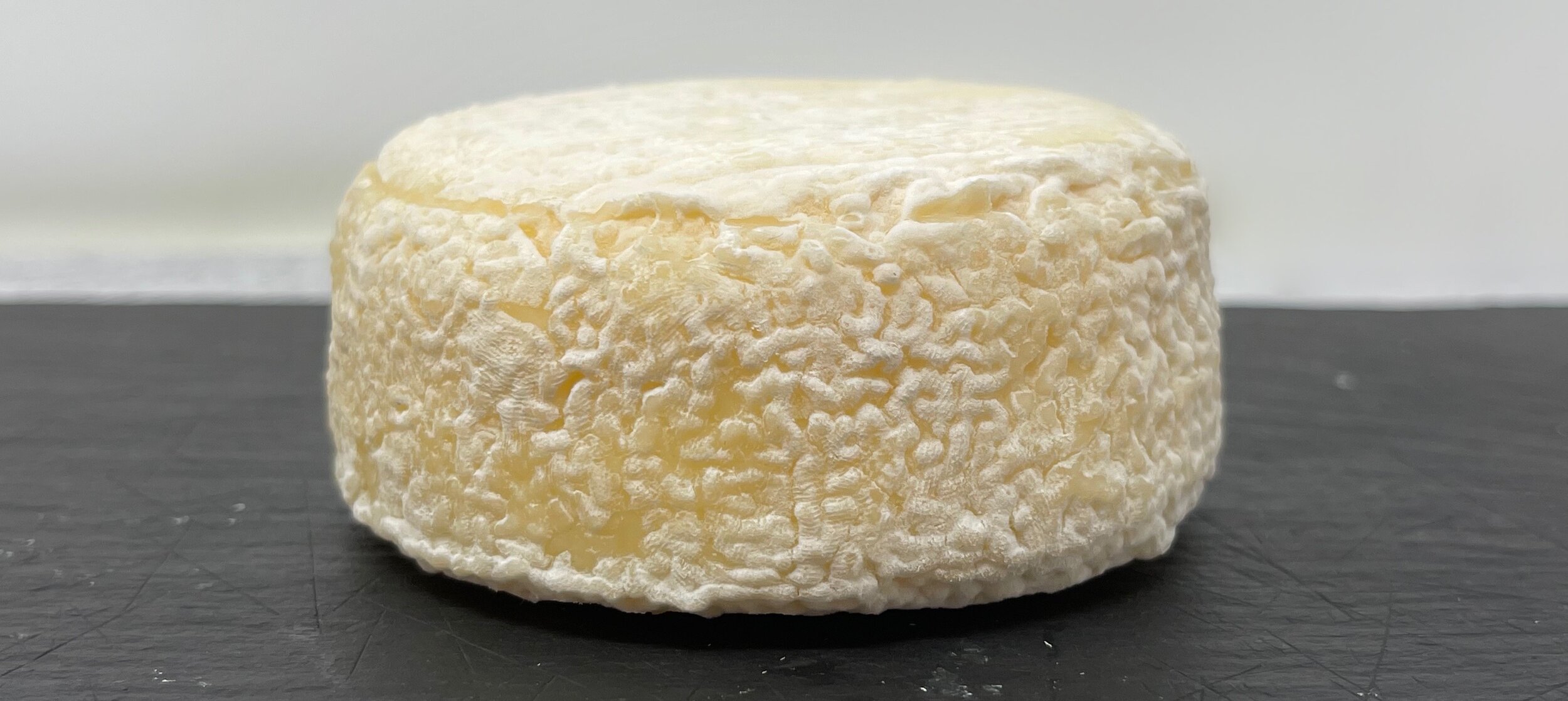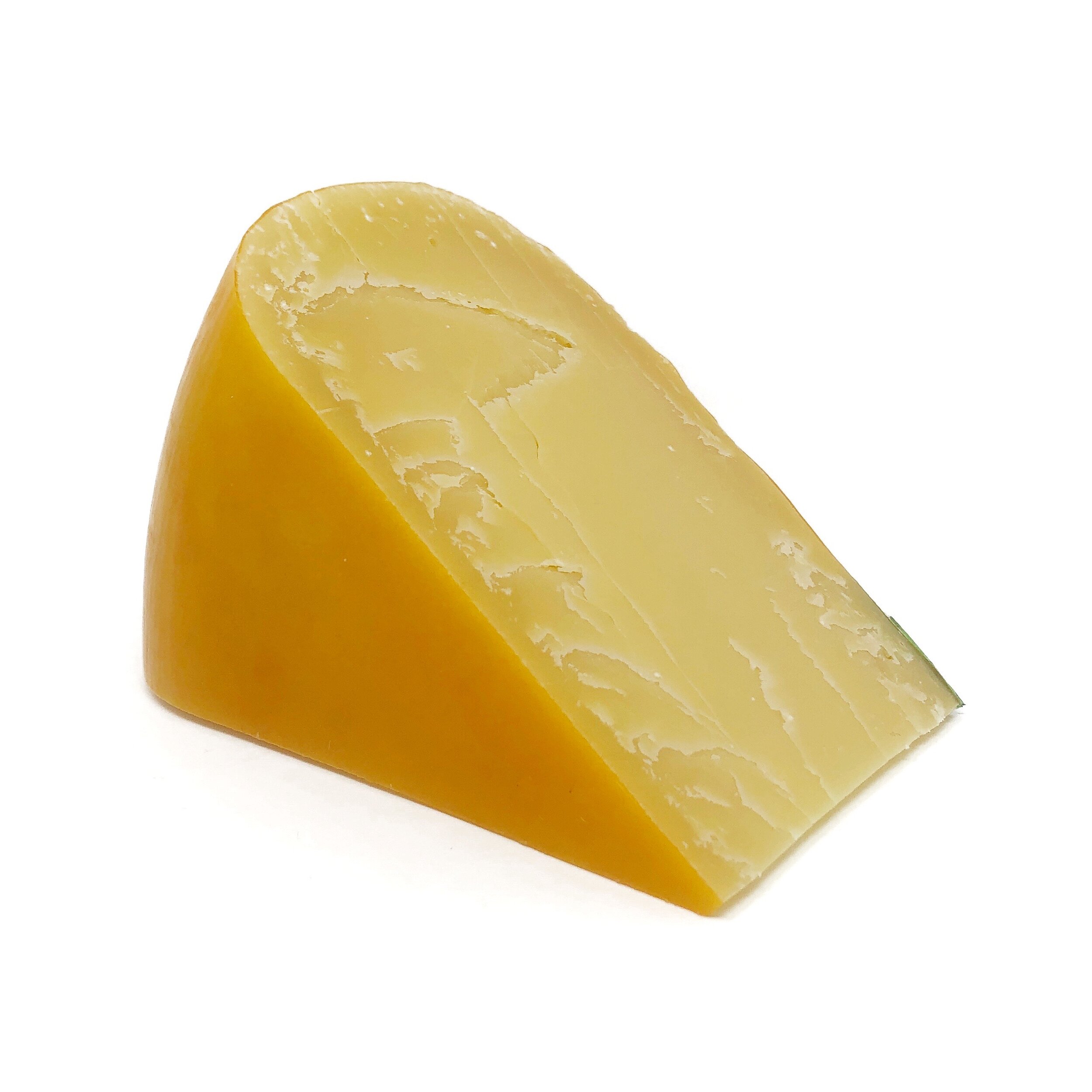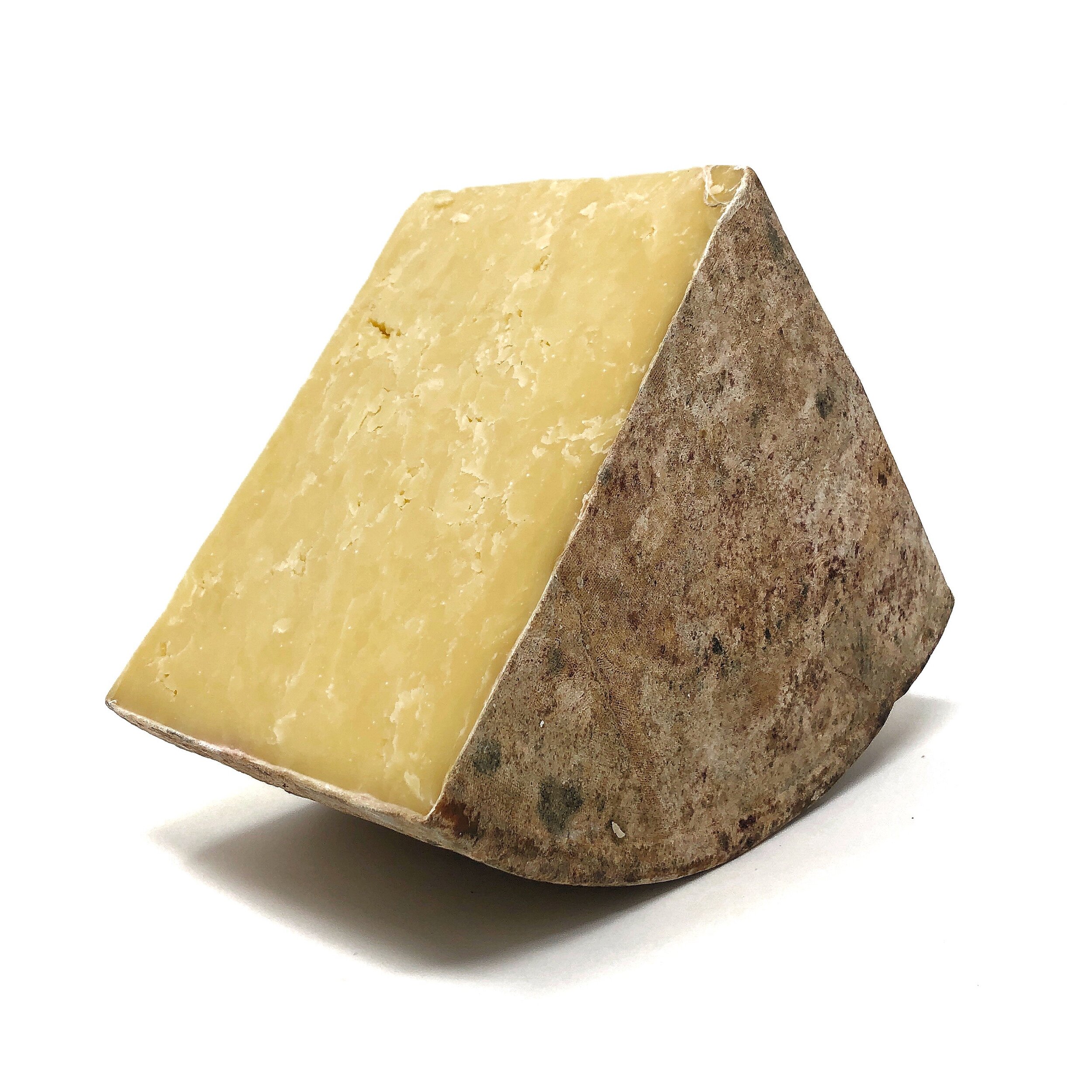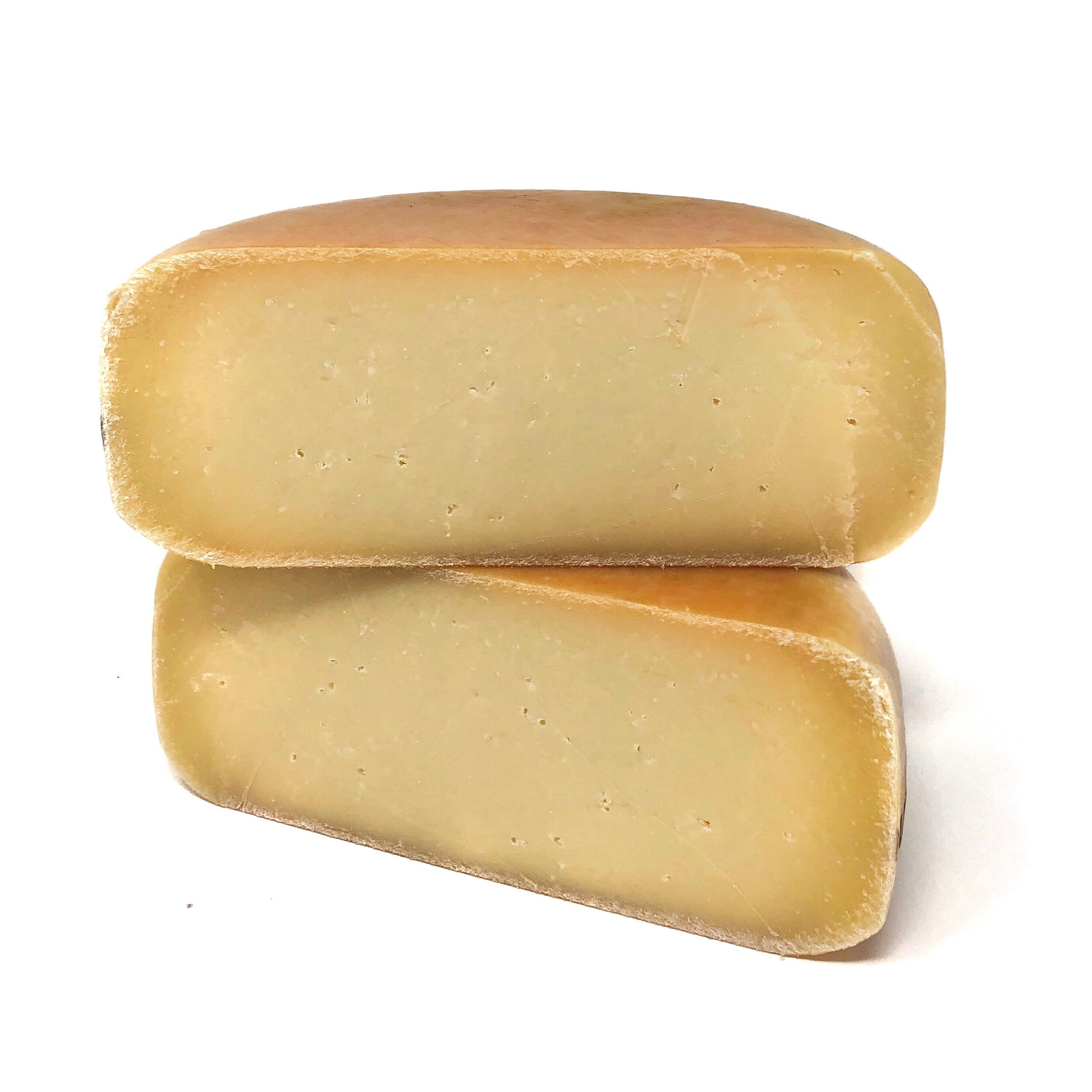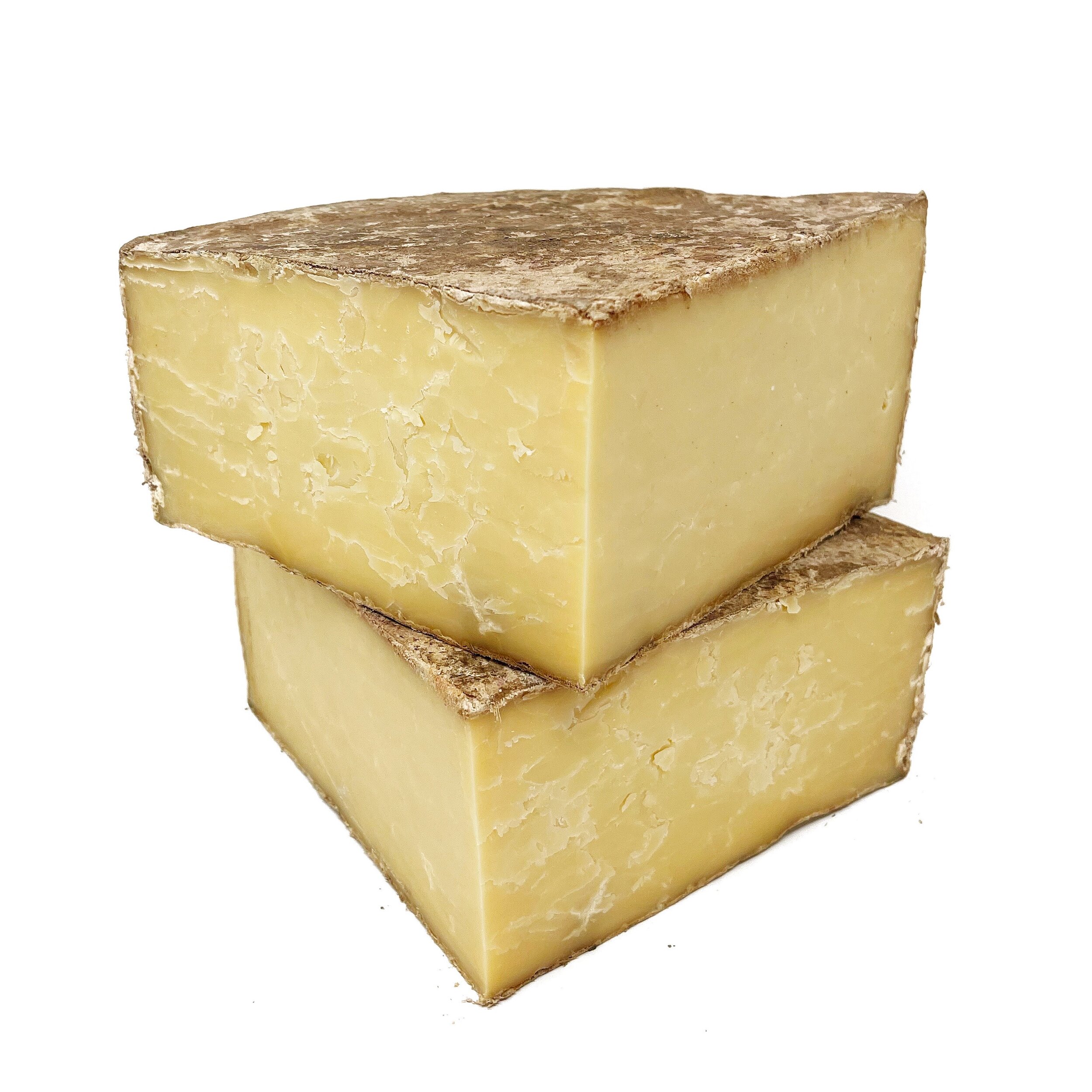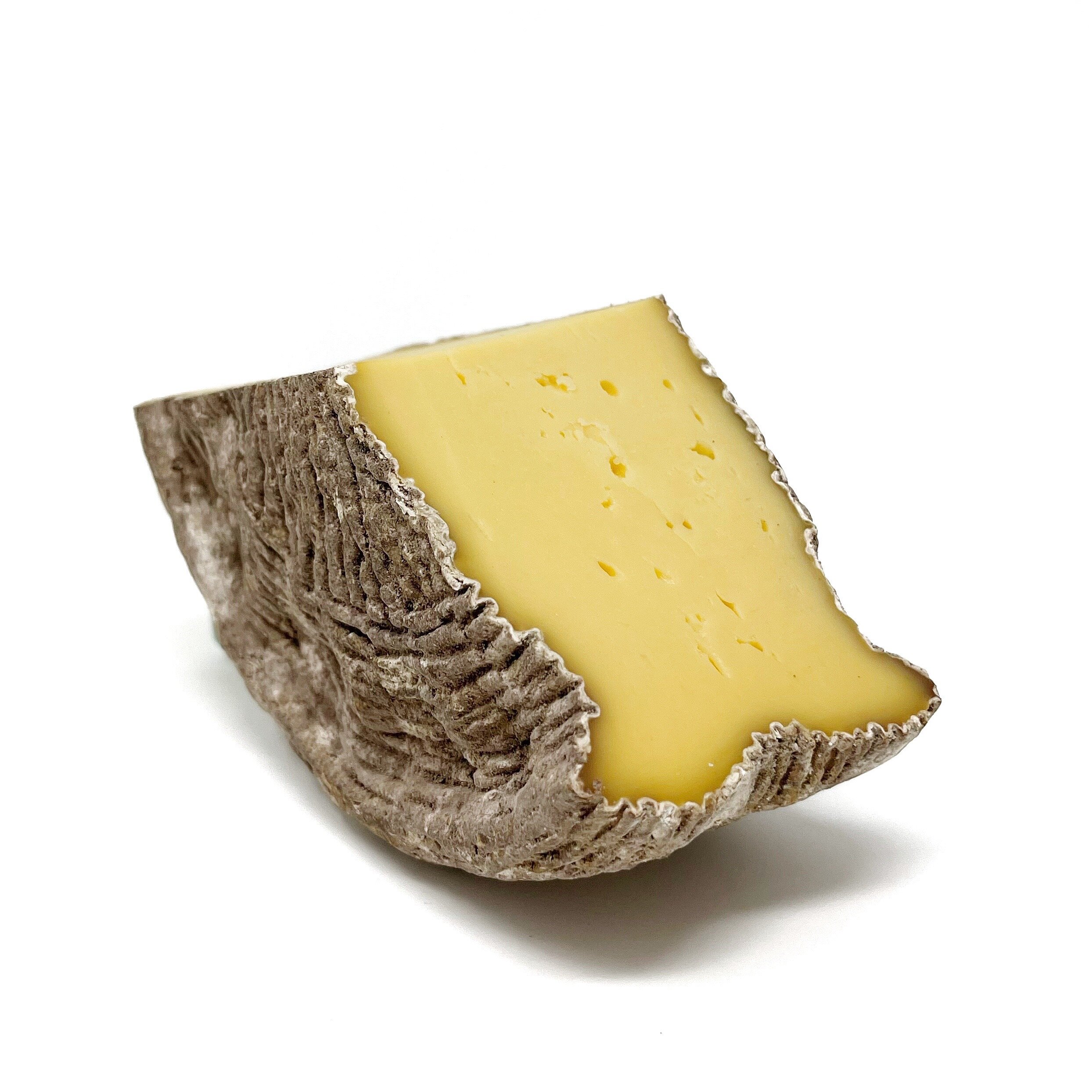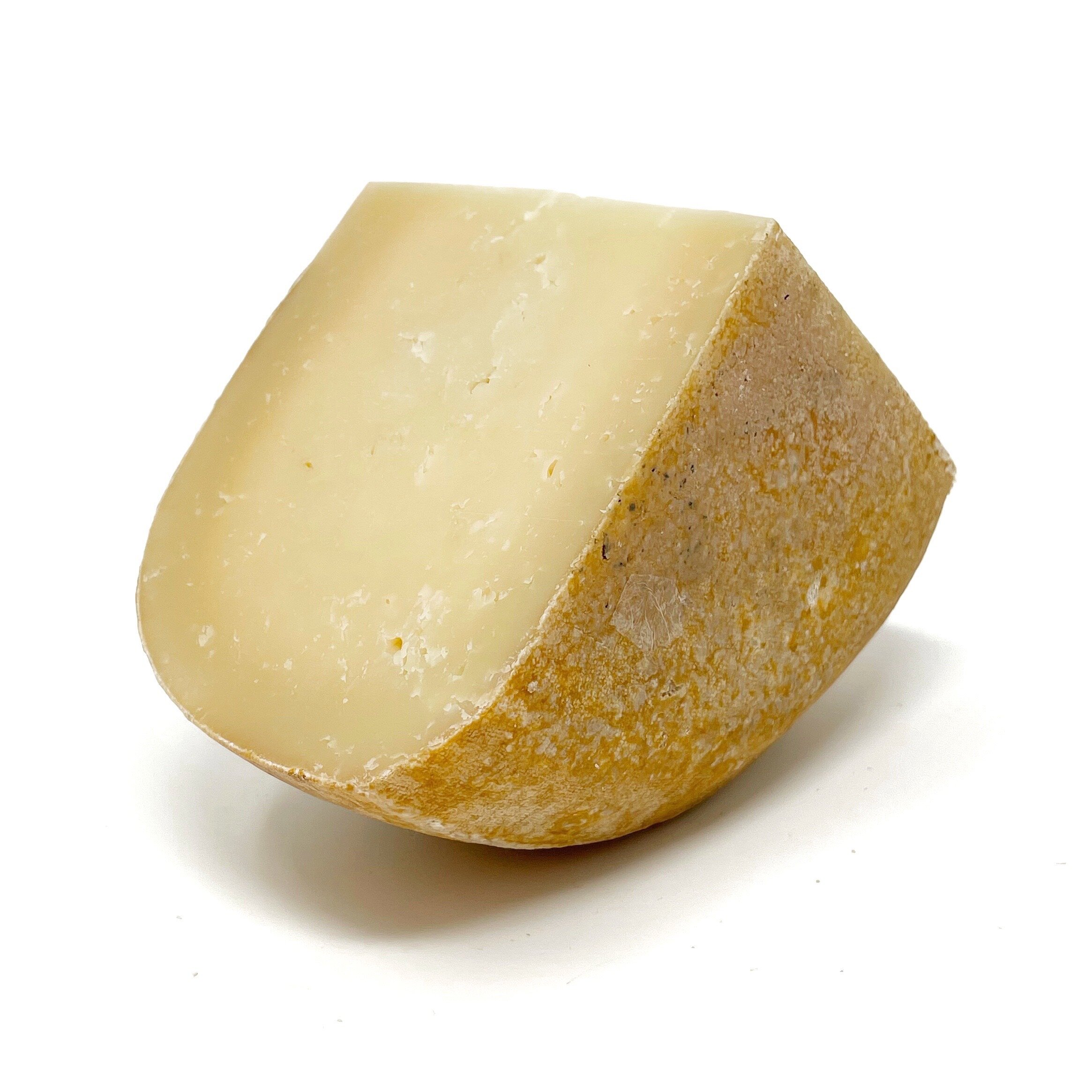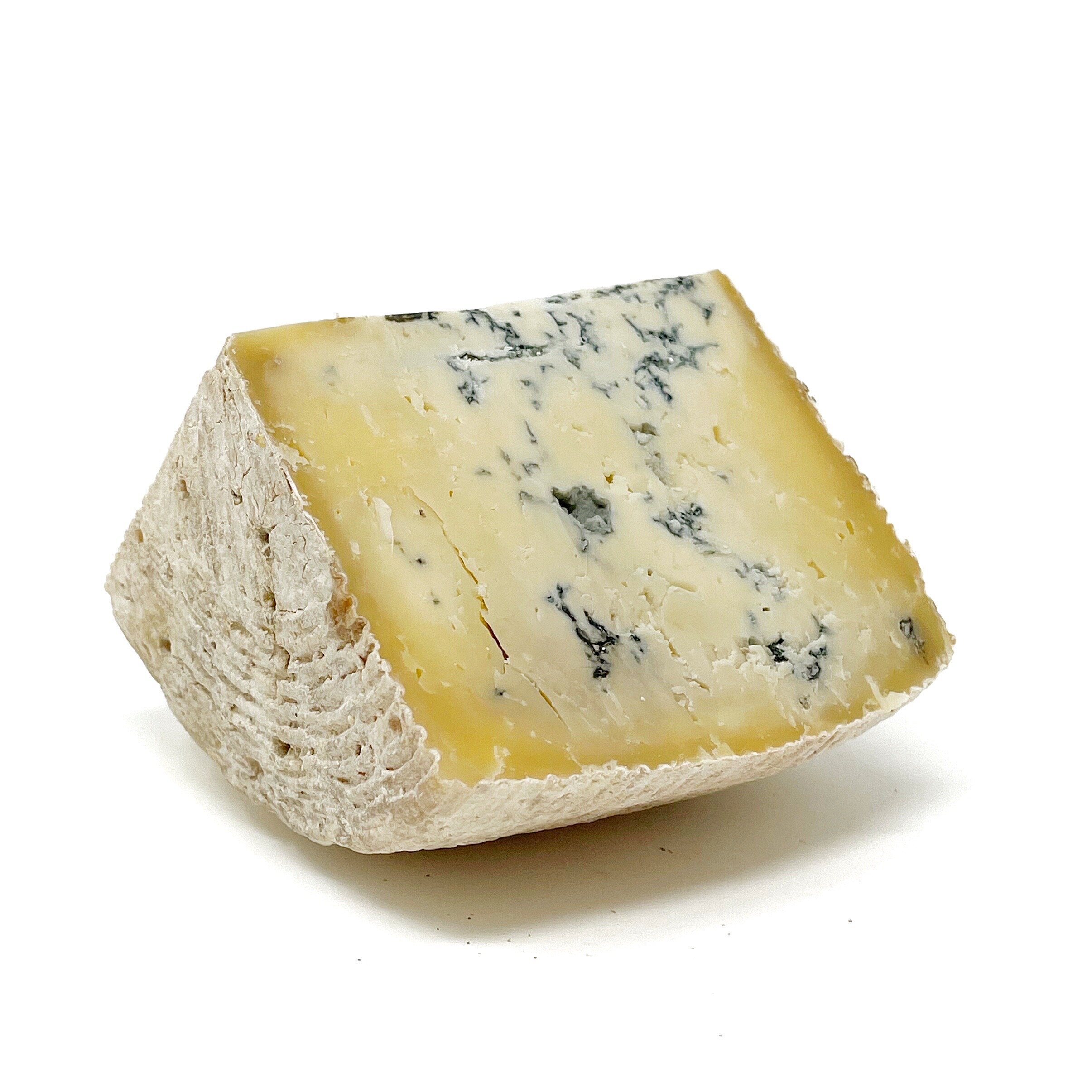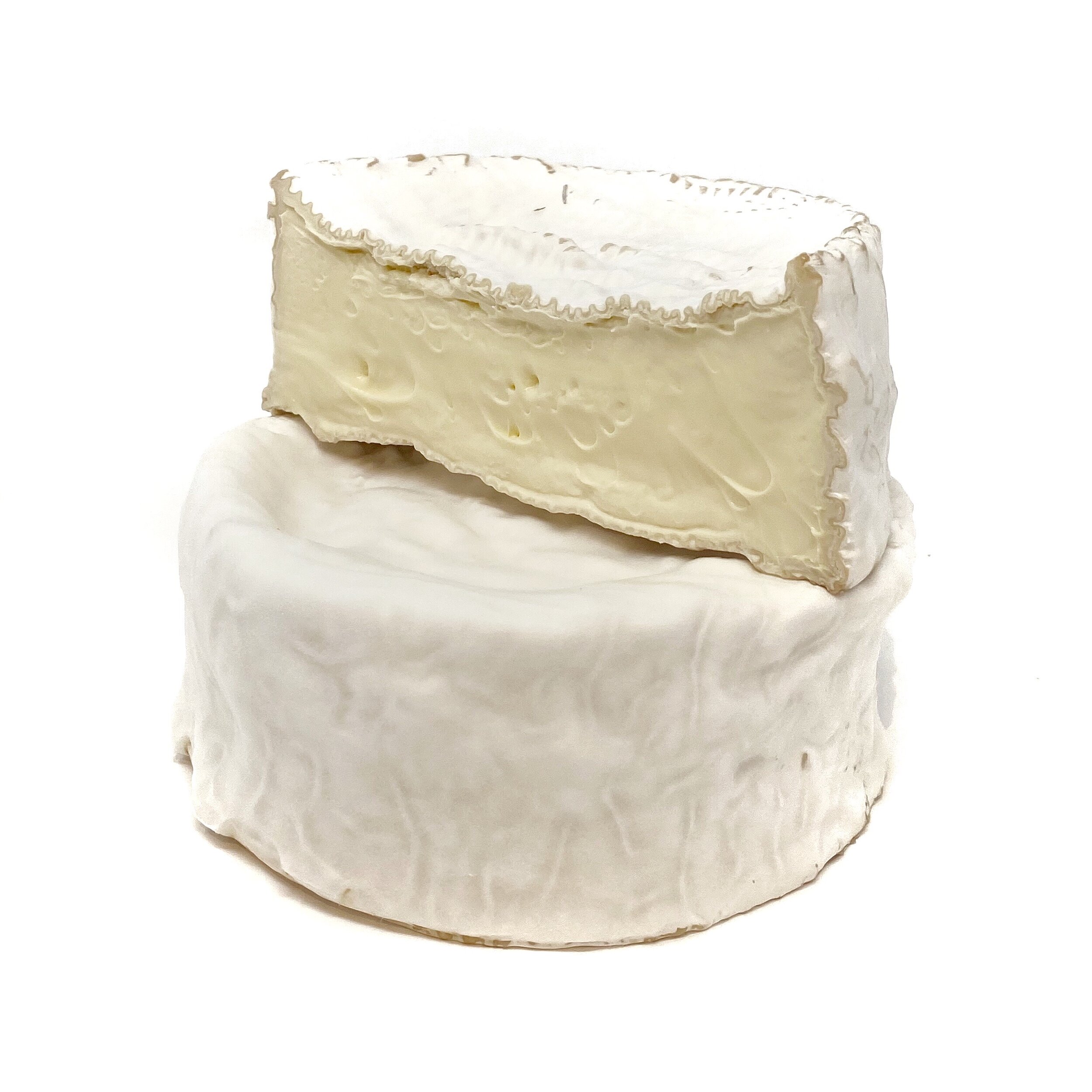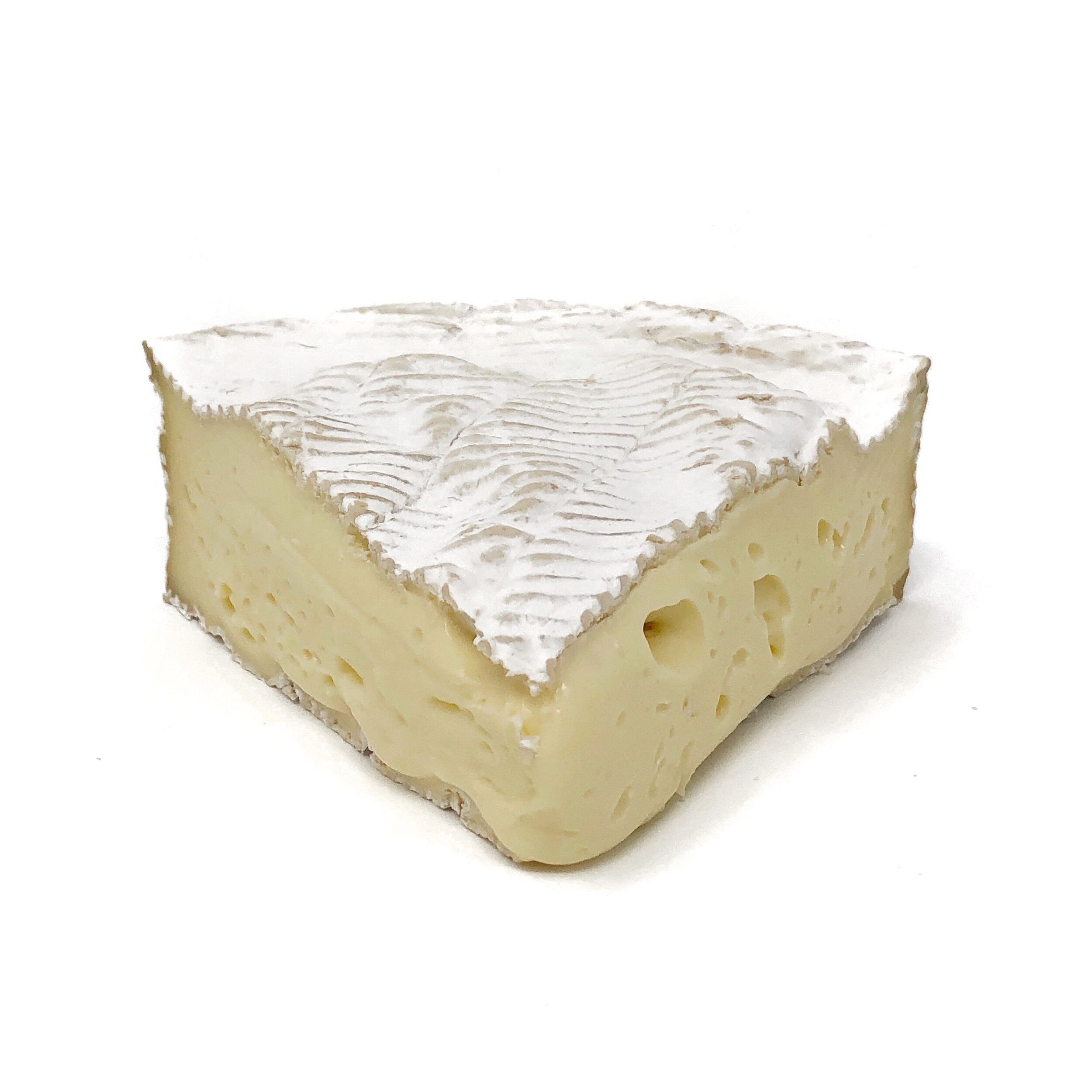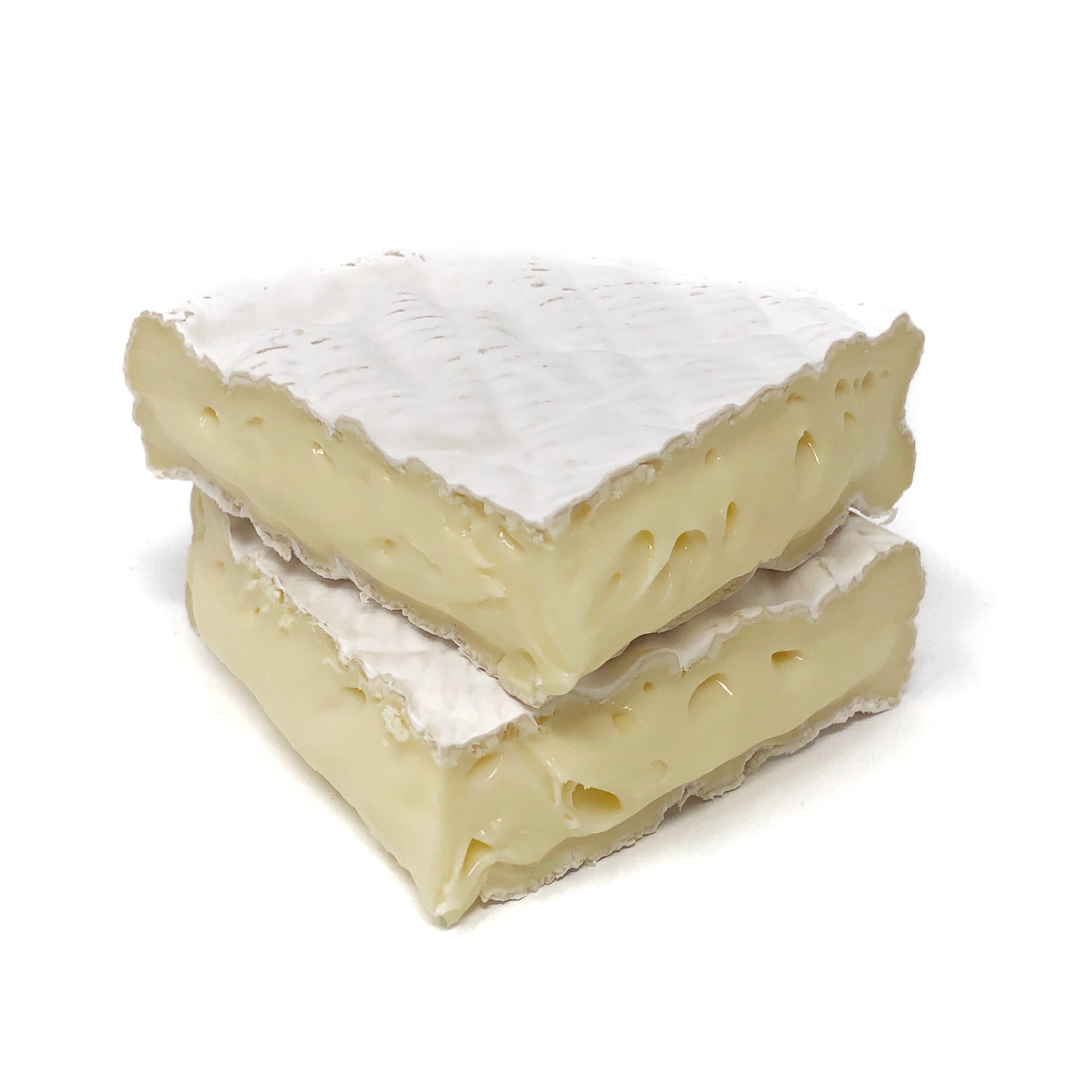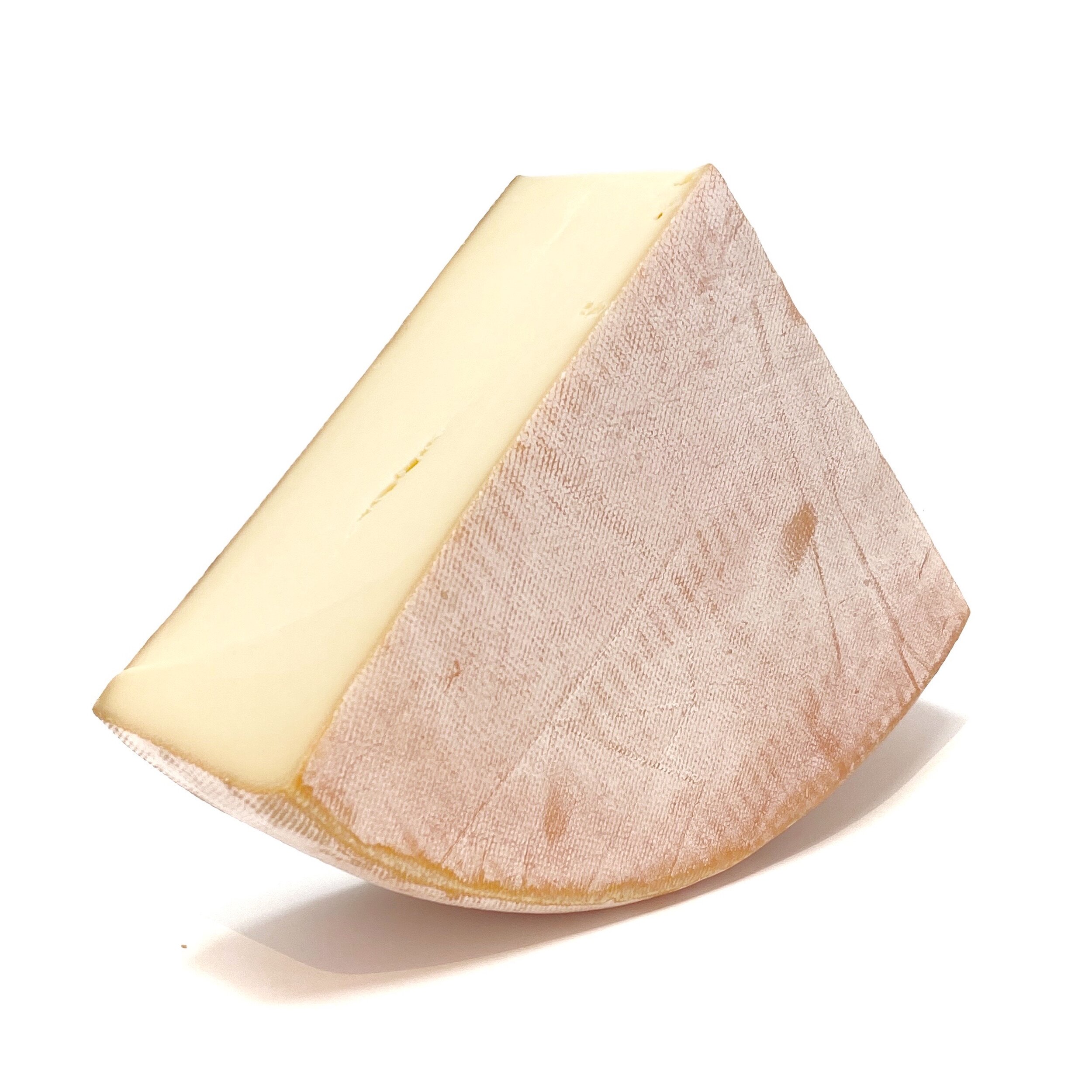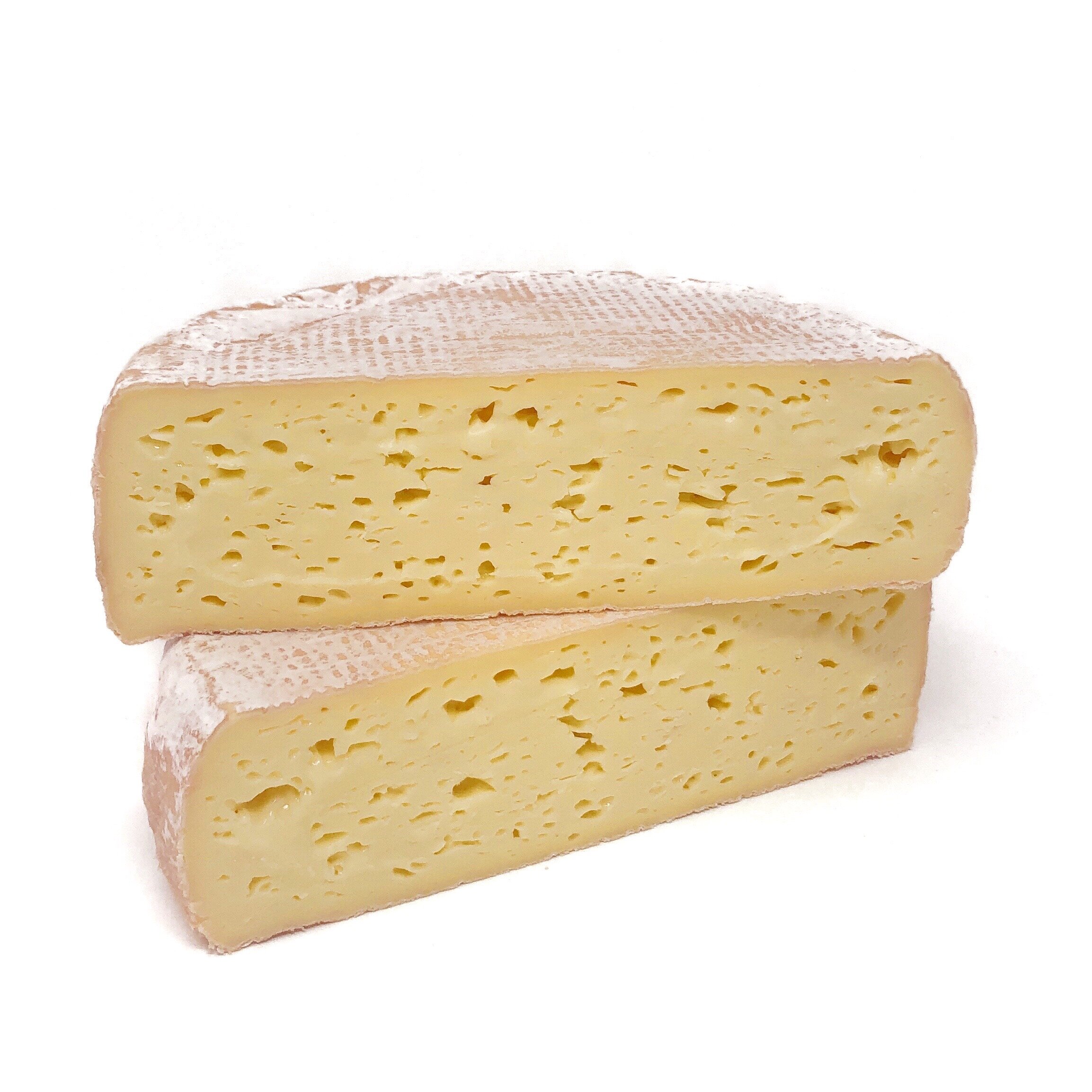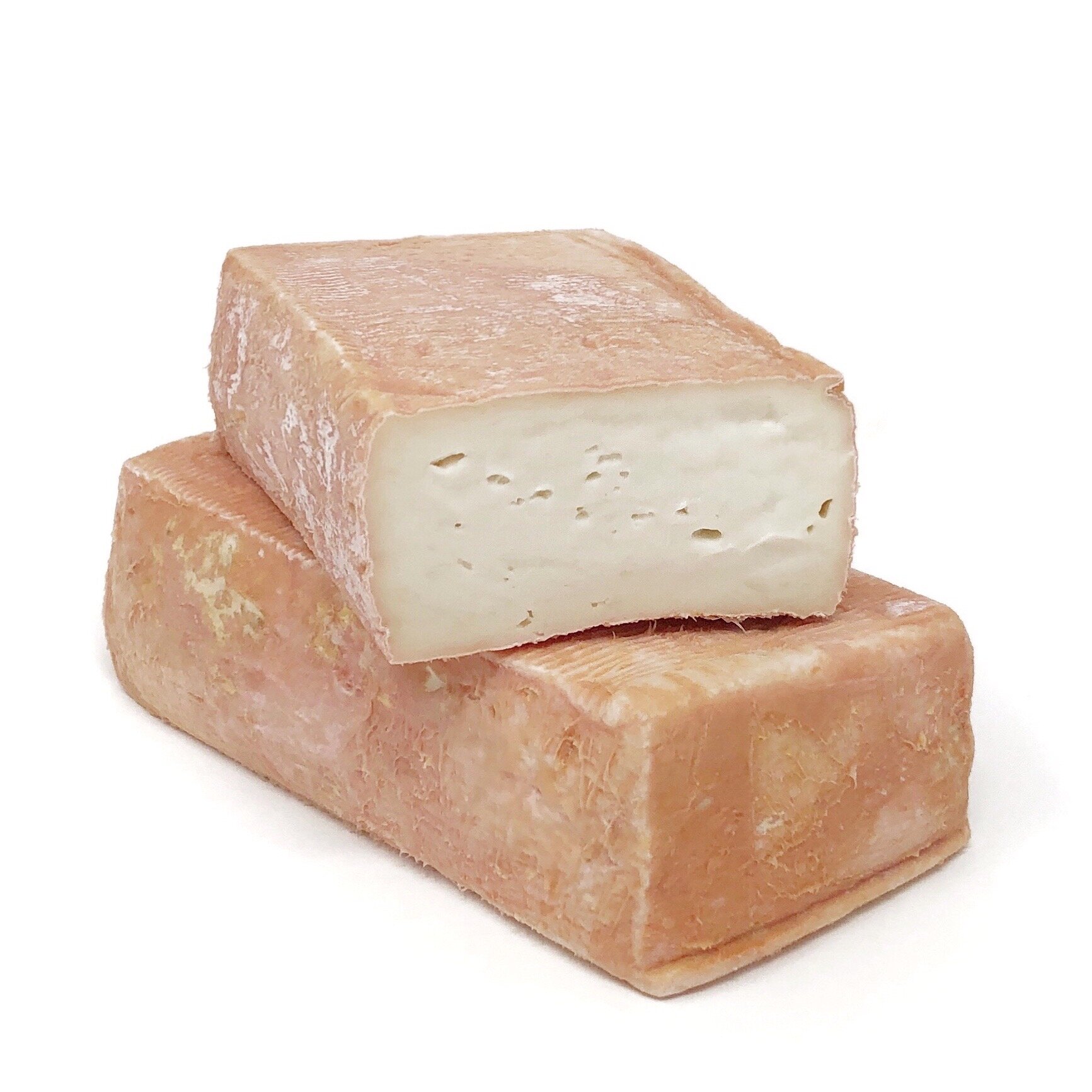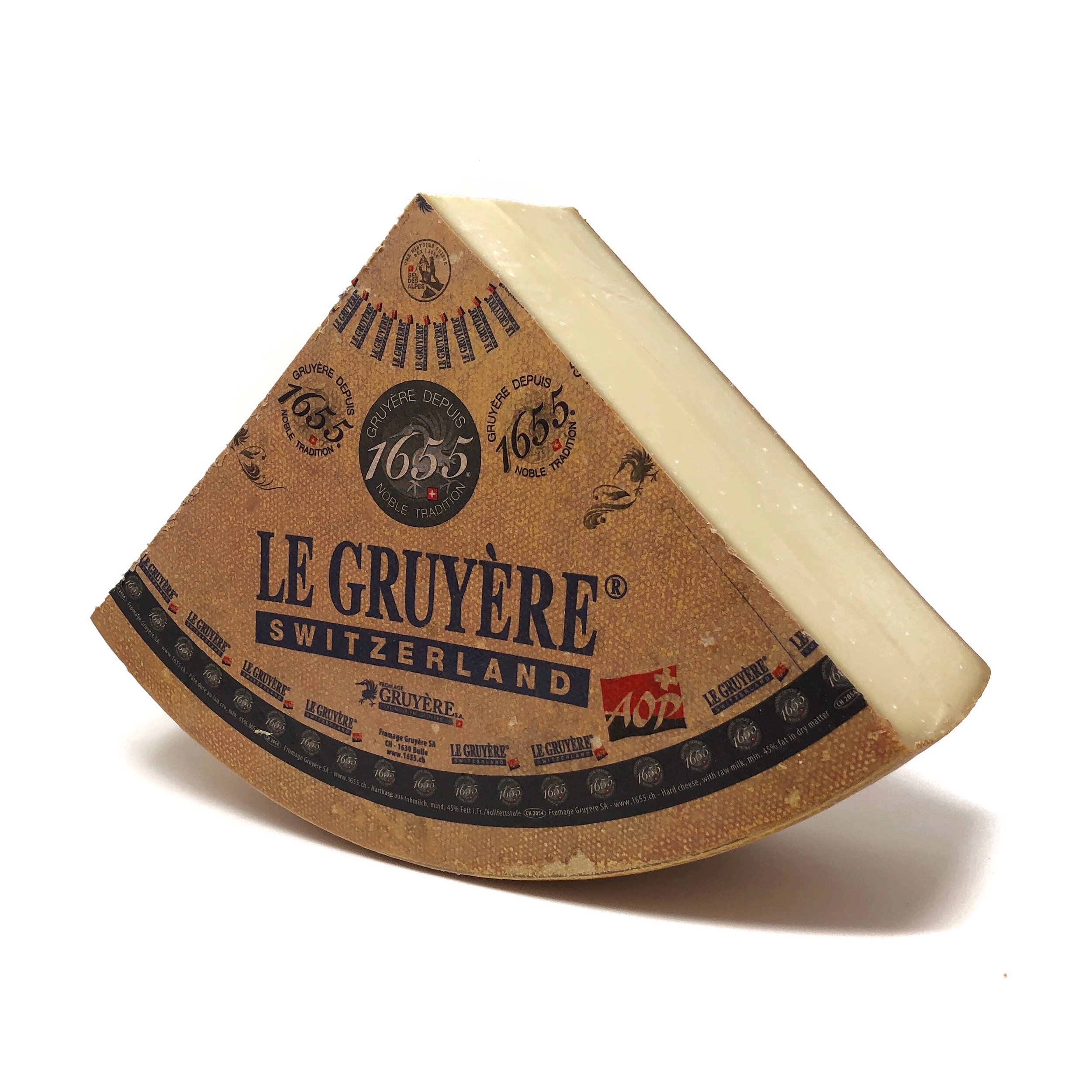Cheese Rinds, Explained!
One of the most common questions we receive is about whether rinds are edible, so let’s talk about it! There are three to four main types of rinds, depending on who you ask: bloomy rinds, washed rinds, natural rinds, and (the possible fourth category) inedible rinds.
Inedible Rinds
We’ll start with inedible rinds, the simplest variety. I think you get this, but I’m going to say it anyway – these are the rinds you shouldn’t eat. This category includes rinds covered in cloth, wax or a special breathable polymer coating, or aluminum foil. Basically, ask yourself, does this look like a non-food item? If the answer is yes, then skip it.
Natural Rinds
Natural rinds form with the least intervention of the rind variety, and they are edible. Tomme de Savoie, a semi-firm cheese from France, is an excellent example of a natural rind cheese. The rind is lumpy and brown with the texture of crushed velvet and it develops as the cheese ages in the cave with very little interference from the cheesemaker. Unlike washed or bloomy rinds which take careful tending, the cheesemakers let natural rind cheeses kinda just do their thing. Often, this makes for a rustic-looking rind (see above: lumpy, brown), and an earthy, cave-y flavor that I think is a very nice addition to the flavor of the paste which is often smooth, tangy, and grassy with a hint of spice.
Bloomy Rinds
Now to the more complicated rinds! Bloomy rinds are usually white, perhaps with some spots of yellow, brown, or blue, and can be very fluffy if the cheese hasn’t been packaged tightly. These are also edible! Originally, these rinds were populated with the various molds present in the aging cellar or cave. But today, cheesemakers try to control the molds on the rinds by adding those molds directly to the milk during cheesemaking, or they spray them onto the rinds right after the cheese is produced. Bloomy rind cheeses are soft or semi-soft, and range greatly in flavor and intensity. Brie Fermier is mushroomy and funky. Saint Maure de Touraine is a goat cheese covered in ash on which the bloomy rind grows, and it is tangy and lemony. Robiola Due Latte is made from sheep and cow’s milk and is mellow and creamy.
Washed Rinds
While bloomy rind cheeses can be punchy, washed rinds are the strongest of the crowd. But even though these cheeses tend to be quite fragrant, the taste varies in intensity from milky and sweet to WOWSA, I think I’m eating a barnyard! As the name suggests, cheesemakers wash the wheels as they age, which gives them yellow to reddish-pink to orangy-brown rinds. Producers use different washing methods depending on the delicacy of the cheese or what textures and flavors they want to achieve – they rub wheels with a wet cloth, let them bob around in a vat, or spray them. The basic washing liquid is a brine of water and salt mixture, but cheesemakers can add beer, wine, brandy, whiskey, cider, or whatever else they can think of. Compare Gruyère 1655 and Foxglove, two washed rinds that vary in wash (simple brine for Gruyère and brine with porter for Foxglove), texture, and flavor. Definitely try both rinds because even though they are both washed, they are very different. The rind of the Gruyère is earthy, while the Foxglove rind is sweet and funky.
I hope this newsletter convinces you to try more rinds! Cheesemakers spend so much time developing the rind juuuuust so, I think we owe it to them to taste it. Sometimes rinds you taste won’t enhance the experience; I can tell you to not bother eating that Parm rind right off the cheese because it is a ROCK. Often, though, rinds add interesting flavors and make cheese even more delicious!
For the love of cheese and and all its parts,
Kiri


